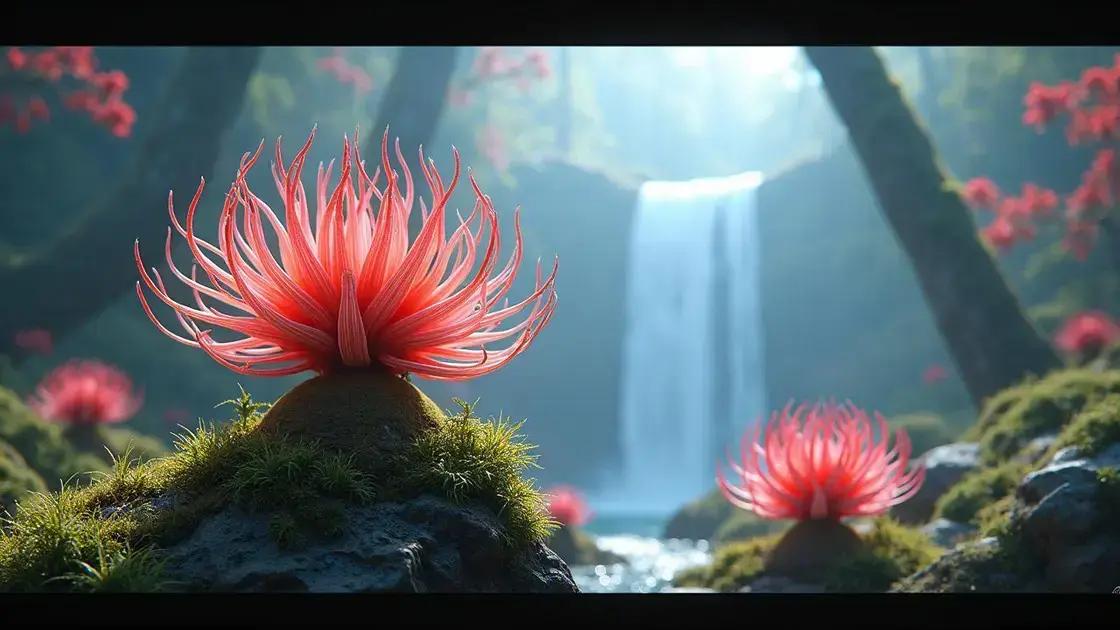How to Take Care of Air Plant Tillandsia: 7 Essential Tips for Success
How to take care of air plant tillandsia is a question many plant lovers ponder. These unique plants are intriguing, thriving in various environments with the right care. Let’s explore the key elements that ensure your tillandsia remains healthy and vibrant.
Table of Contents
ToggleWatering tips for your tillandsia
How to take care of air plant tillandsia involves understanding the proper watering techniques these unique plants require. Unlike traditional plants, tillandsia absorb moisture through their leaves, which means the way you water them is crucial for their health.
Optimal watering frequency
- Water your tillandsia every 1-2 weeks, depending on humidity levels.
- In a dry climate, consider soaking your air plants weekly for longer durations.
- If you live in a humid area, soaking every 2-3 weeks may suffice.
Soaking method for watering
- Fill a bowl or basin with room-temperature water.
- Submerge your tillandsia completely for about 20-30 minutes.
- Remove and gently shake off excess water. To avoid rot, make sure they are thoroughly dried upside down.
Benefits of misting
- Besides soaking, you can mist your air plants as an alternative or supplement.
- Misting increases humidity around the plants, which they thrive on.
- For best results, mist them every other day if you cannot soak them regularly.
Common watering mistakes to avoid
- Avoid letting your tillandsia sit in water for too long, as this may lead to rot.
- Do not water them with tap water containing chlorine and fluoride. Opt for rainwater or distilled water instead.
- Be cautious with overwatering signs: yellowing leaves or a mushy plant indicate too much moisture.
Using the right watering techniques is vital for the overall exploring indoor gardening techniques that suit your air plants. Each variety might have slightly different needs, so keep an eye on your plants as you fine-tune your care routine.
Optimal light conditions for air plants

Optimal light conditions for air plants are essential for their growth and health. Tillandsia, like all living things, thrive best in environments that mimic their natural habitats.
Understanding light requirements
- Air plants prefer bright, indirect sunlight to flourish.
- Direct sunlight can scorch their leaves; filter light is best.
- They can adapt to lower light conditions, but growth may be slowed.
Best lighting options for your tillandsia
- Place them near east or west-facing windows for optimal light exposure.
- If natural light is limited, consider using grow lights.
- LED grow lights should be on for 12-16 hours a day, simulating natural sunlight.
Signs of insufficient light
- Leaves turning brown at the tips or starting to curl.
- Leggy growth, where the plant stretches toward the light source.
- Failing to bloom can also indicate light issues.
For an effective indoor environment, understanding the light dynamics is crucial. Exploring indoor gardening techniques can greatly benefit your approach to light management with air plants. Remember, a well-lit tillandsia is a happy tillandsia!
Common issues in air plant care and solutions
Common issues in air plant care and solutions are important for keeping your tillandsia healthy and thriving. Understanding these challenges can help you enjoy a flourishing collection of air plants.
Identifying the most prevalent problems
- Yellowing Leaves: Often a sign of overwatering or insufficient light.
- Browning Tips: Indicates drought stress or exposure to direct sunlight.
- Rot: Caused by prolonged moisture, usually from water sitting in the plant’s base.
Effective solutions for common air plant troubles
- For yellowing leaves, adjust your watering schedule and ensure proper light.
- Trim off browning tips to promote healthier growth and provide more indirect light.
- To combat rot, always shake excess water off after soaking and provide good air circulation.
Best practices for air plant care
- Mist your air plants regularly if you live in a drier environment.
- Rotate your plants regularly to ensure even light exposure.
- Consider using a fertilizer specially designed for air plants during the growing season.
By addressing these exploring indoor gardening techniques, you can mitigate issues before they become serious. With these tips in mind, your air plants can flourish in your home.
In conclusion
Caring for air plants requires a good understanding of their unique needs. From optimal watering techniques to providing the right light conditions and addressing common care issues, nurturing your tillandsia can lead to a vibrant indoor garden. Remember, with just a bit of attention and the right techniques, your air plants will thrive and bring a touch of green into your space. For more insights, check out tips on enhancing your indoor garden that can help you along the way.

